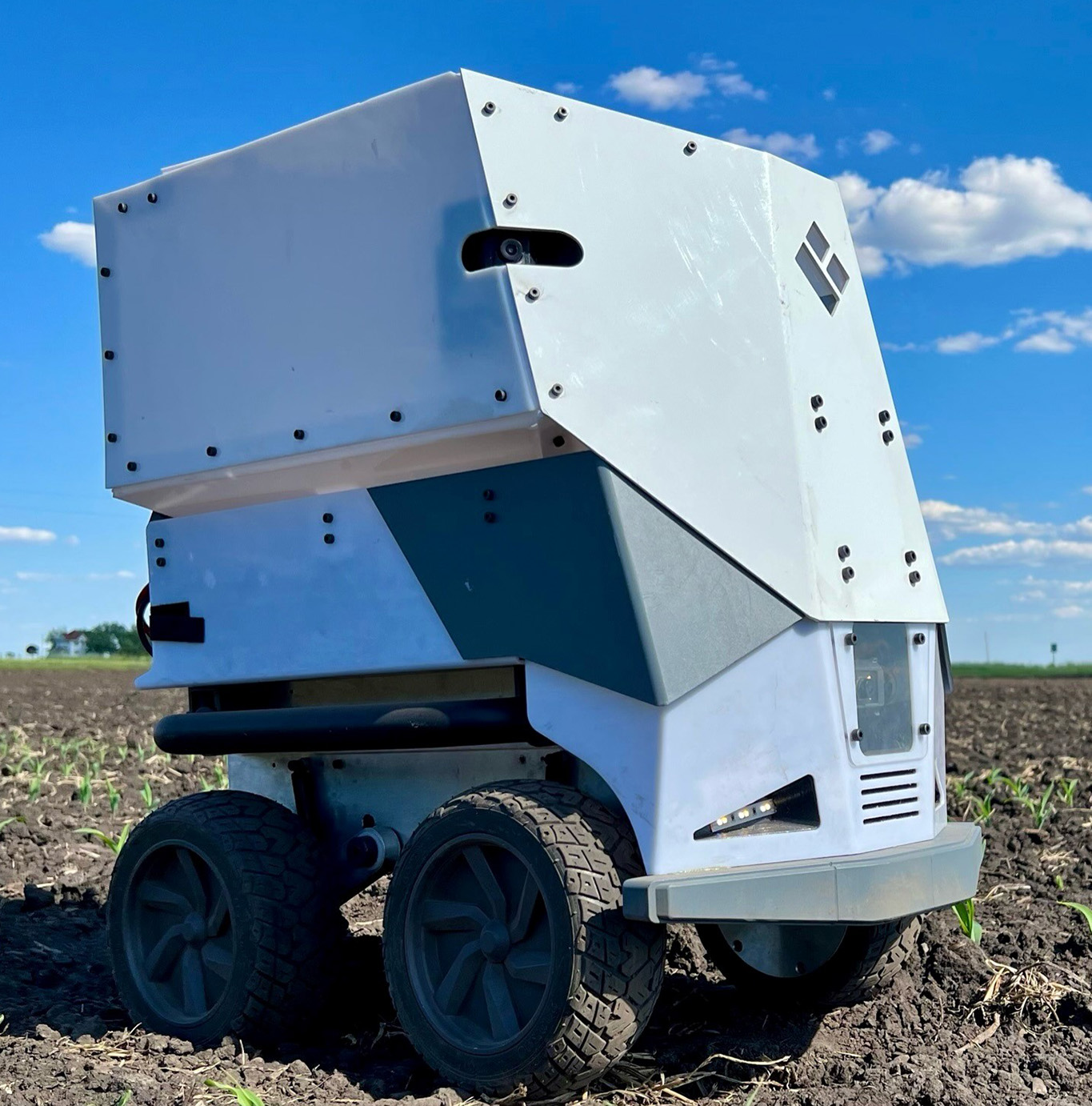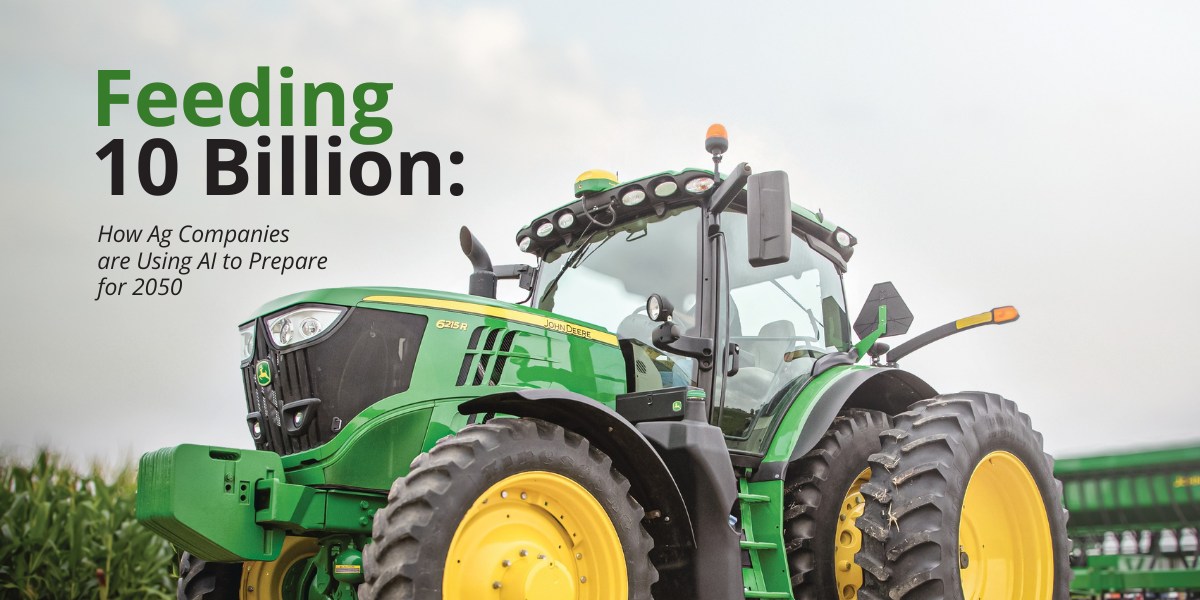The future is now—and it’s right here in fields across Illinois and the Midwest. Once the stuff of movies and fan fiction, robots show incredible potential for practical work and impact on Illinois soybean farms.
And while sustainability has been intrinsic to every farm, increasing calls and attention for conservation and transparent sustainability are spurring more action and more investment beyond farmers themselves. Fortunately, farmers also stand to reap the benefits.
As with every production decision, adding more sustainable practices on the farm must make fiscal sense. That’s top of mind for University of Illinois researchers, who have partnered with EarthSense to explore robotics for cover crops and other applications as part of the iCover Project. “We’re removing the barriers for cover cropping,” says Girish Chowdhary, Ph.D., associate professor, agricultural and biological engineering, computer science, and director of the field robotics engineering and sciences hub. “You can go under the canopy with robots.”
Not only does that allow more flexible timing for cover crop planting, it also means reducing the amount of seed planted. More seed is lost when you seed over canopy, and with robots, you can plant in-season for less hassle and less cost, Chowdhary says.
Clint Brauer shares a similar goal, but his bots are tackling different challenges: weed control and fertilizer. A Kansas farmer, CEO and co-founder of Greenfield Robotics, Brauer has developed bots that ride a half-inch off the ground and physically cut weeds throughout the field.
“Pigweed is a huge problem—people lose control of their fields; I’ve lost control of fields,” he explains. “If you cut them off at the ground, it makes a huge difference.”
It’s a deceptively simple practice that sounds too simple to work. But Brauer and his team have proven it out. Starting with manual testing before moving into the bots, they cut the weeds a half-inch off the ground, typically one to two times a year, sometimes three times in a rainy year. (So far, 80% of their fields have been cut once, and 20% of them twice.)
In addition, Greenfield Robotics has a bot with a shrouded sprayer for nutrient management. “It’s so low to the ground that it limits drifting,” Brauer explains. “Since it’s so low to the ground, you can hit the crop with any foliar feed from around 6 inches up on a 30-inch row crop. You hit only the plant, not what’s between the crop.”
What’s more, they’re able to drastically reduce the amount of water used—cutting it by half—because of more precise application and less input use.
These sound like the tales of science fiction. But today they’re reality—and they work.
Brauer will cover 10,000 acres this year, and the iCover Project hopes to reach 200,000 acres by next year.
Robots Under Cover
For the past two years, the iCover Project has used EarthSense robots to plant cover crops at the University of Illinois Farm of the Future and at farms across Illinois and Alabama.
The robots are small and nimble, able to fit between rows and carry 100 lb. of seed. They navigate the rows using proprietary technology and are monitored remotely. (The robots can’t use GPS because moving between the rows creates too much noise, and the robots don’t have a view of the sky from under the canopy.)
So far, the iCover Project team has tested its tech in corn fields. They have plans to expand to soybeans in the future, though Chowdhary says it isn’t much of a leap. They’ve used their robots on a wide variety of cover crops and see the potential for many more.
“We could use them for any cover crops,” says Chowdhary. “Traditional cover crops are used to hold nitrogen and break up compaction: rye, hairy vetch, others, and those used for grazing.”
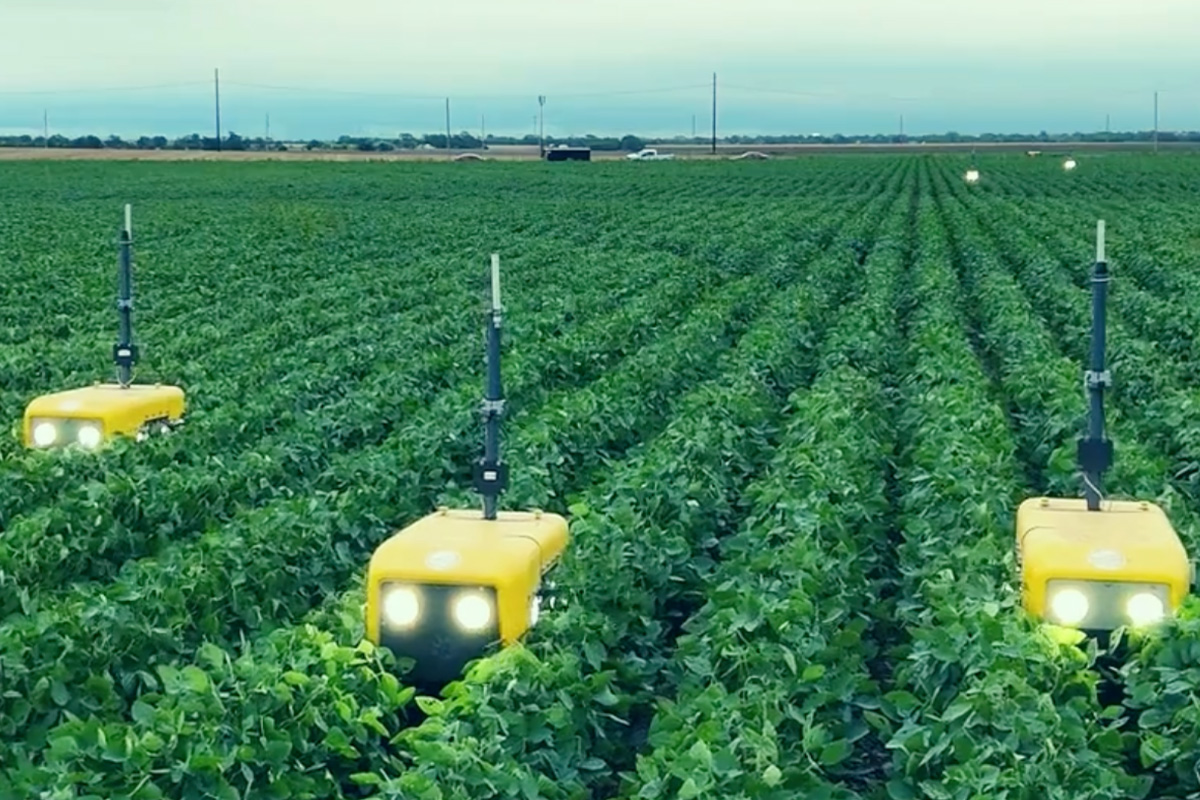
Greenfield’s bots are limited only by the attachments the company can design. Future bots in the works include include one for planting and another for eliminating burn down and residual.
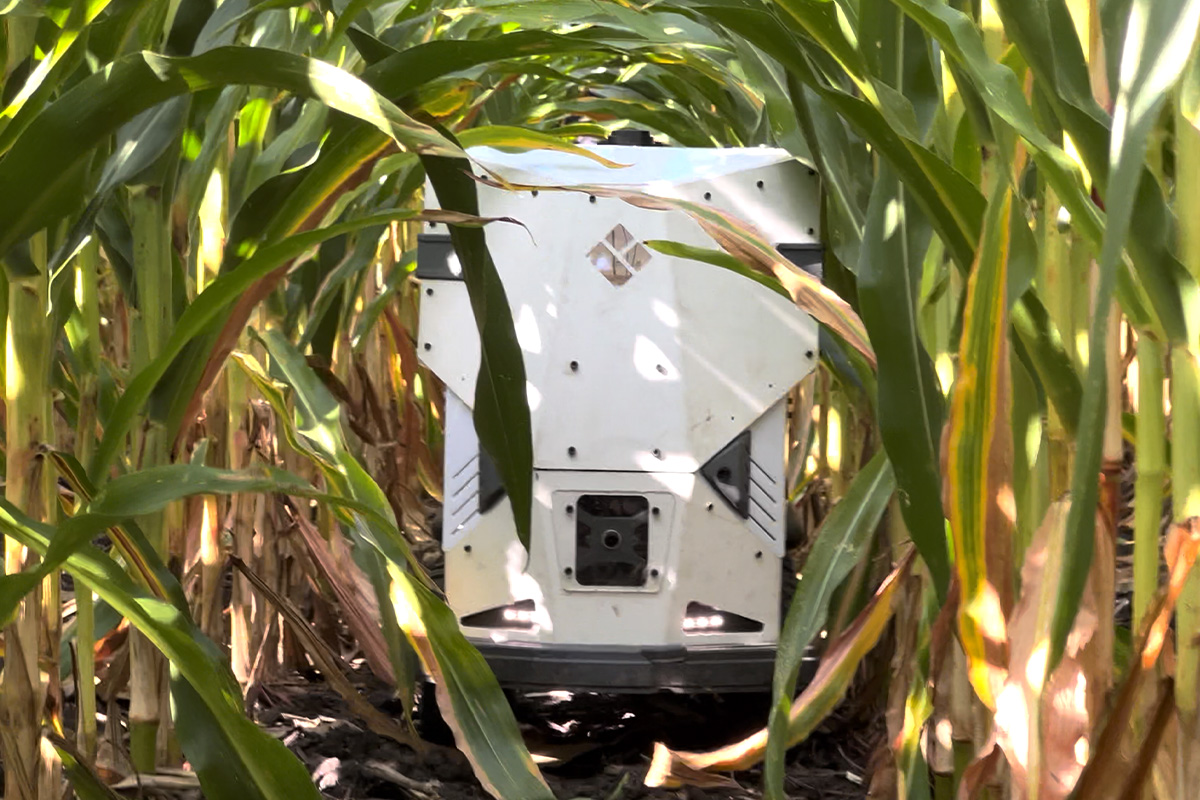
The future holds many options for robotics to help producers level up conservation and make it more profitable.
Robots Make the Cut
Greenfield’s first bot was 12 inches wide to fit 15-inch rows. Current models are 15 inches wide to run 30-inch rows. Brauer and his team developed their bots from the ground up—build, install, program, test. They’re running bots in no-till or strip-till soybeans, cotton, sorghum and sunflowers in Kansas and Nebraska.
Starting in 2021, they were able to operate them from anywhere, and from that point on, they’ve been on an upward trajectory. By 2022, they were running on 900 acres; in 2023, 2,500 acres; and this year, they’ll run on 60 fields totaling 10,000 paid acres for 20 farmers.
“Precision ag is easier to deliver at the ground level than from the top down,” Brauer says. “In fact, I believe the equipment is going to go even smaller.”
After spending 13 years in the tech industry before coming back to the family farm, Brauer sees some parallels between it and ag. “Precision ag is similar to other tech adoption,” he says. “Most of our customers are more adventurous and more early adopters, but that is changing.”
That’s another way robots make it easy. “We start with providing whatever service makes sense for the farmer, and there’s no money down,” Brauer explains. “They sign up for service in advance of the season, and once they see the bots running in the field, we sell out quickly.”
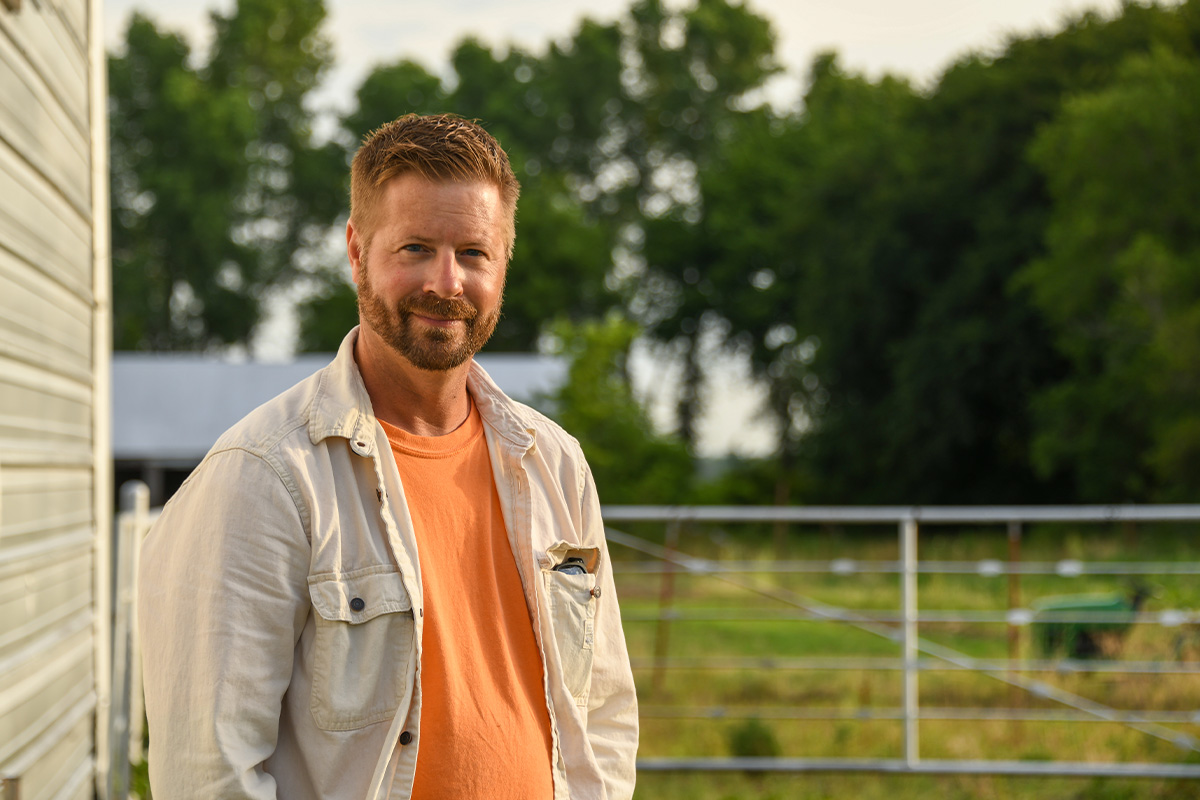
Clint Brauer is CEO and co-founder of Greenfield Robotics.
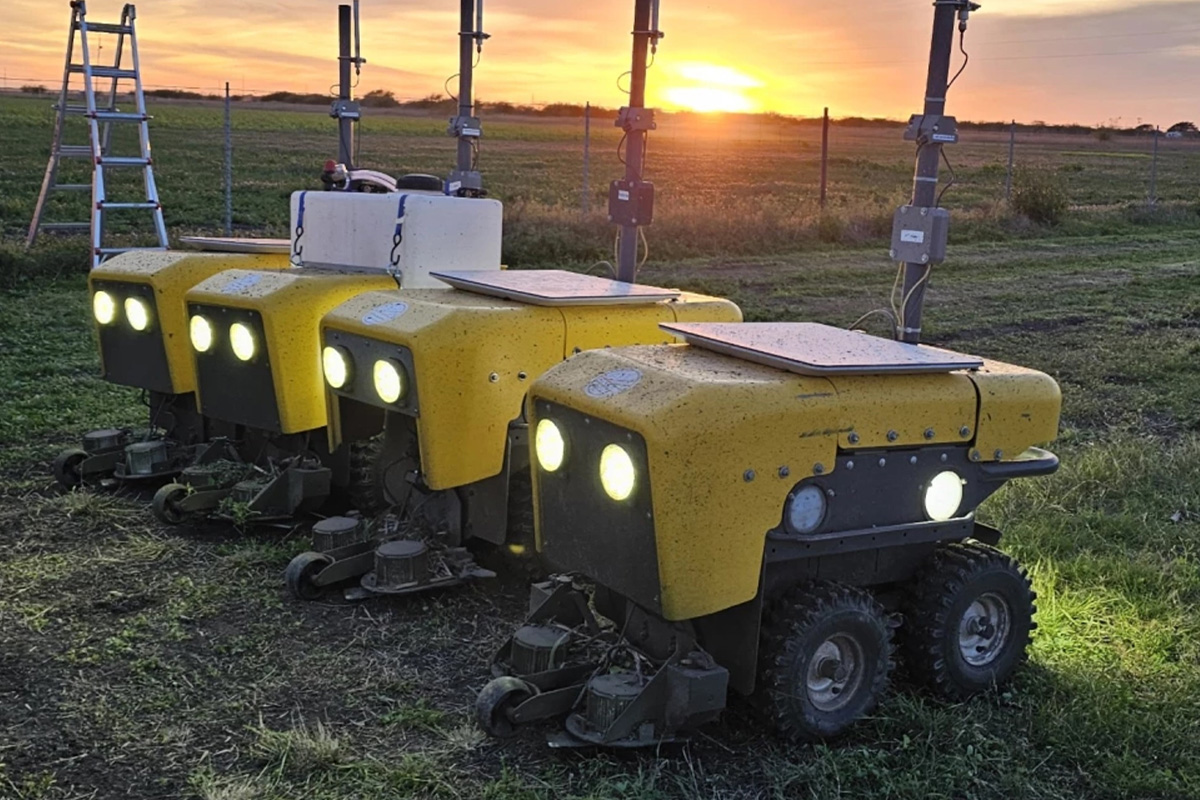
The Bottom Line
The initial cost for robots is significantly less than other technology such as drones, yet they still deliver fully autonomous capabilities. Chowdhary estimates the cost of using EarthSense robots at $10 to $15 per acre, compared to the $20 per acre farmers are paying for other methods.
The process is simple: Two people can take five robots to cover 80 acres in a day. Put the robots to work in the field, and they visit an automated hopper when they need to refill seed.
“The cost of the robot keeps going down the longer you use it,” he says. “The cost is only the robots and batteries. We feel the potential for the robot price to go down overall is really significant.”
Additional benefits come from utilizing federal climate-smart practices incentives introduced in recent years. USDA has made more than $3 billion in funding available for agricultural producers and forest landowners nationwide to participate in voluntary conservation programs and adopt climate-smart practices in fiscal year 2024.
U.S. Secretary of Agriculture Tom Vilsack said, “This funding will be used to meet producer demand for our oversubscribed programs and maximize climate benefits across the country while also providing other important environmental benefits. This includes investing in popular common-sense practices such as cover crops, waste and fertilizer management, and grazing practices, while continuing to work through existing programs to help producers address other natural resource challenges.”
Having this program in place has been key for the iCover Project, says Chowdhary. “We charge farmers $20, and the climate-smart program takes care of the rest.”
Brauer shares similar sentiments on robots’ low-cost benefits and easy implementation. “It doesn’t take long to make these small machines,” he says. “It’s the training and learning that takes time.”
Greenfield Robotics implements projects by the fleet, so to cover 80 acres, you’d need 10 robots. Their robots can run 2 to 4 mph and make the turn at the end of the row in seconds. They cover a half-acre in an hour with no one at the edge of the field.
“These all run remote,” Brauer says. “We drop them off and go back only to check and change batteries. I could watch them from Illinois or California. They could, in theory, run 24/7, and we’ve run at night a lot.”
Another benefit of robots: they’re easy to scale up or scale down. “All you have to do is put them on a trailer and move them between fields,” he says.
Greenfield charges $25 per acre per task, and additional tasks are discounted. “We’re keeping it simple and static,” Brauer says. “We have farmers who want to adopt two to five of what we offer.”
Like Chowdhary, he believes the cost of using robots should decrease. “Robots should be like TVs, not automobiles,” he says. “That’s our viewpoint.”
What’s next?
The future holds many options for robotics to help producers level up conservation and make it more profitable.
Brauer has been surprised how quickly farmers’ perspectives have changed in the short time Greenfield Robotics’ bots have been in the field. “A lot of farmers are ready to do something different. That’s been a change,” he says. “We already have more demand than we can serve.”
Greenfield’s bots are limited only by the attachments they can design. Future bots in the works include versions for planting and eliminating burn down and residual.
An old adage says farmers have 40 chances to grow a crop over a lifetime of production. Brauer doesn’t believe that. “I can grow a cash crop in the summer and a cover crop in between and graze animals,” he says. “I can do multiple crops a year, if I redefine what is a crop. Robots are going to give us more flexibility to do that, and more revenue streams to do it.”
Recent Articles
In this issue of Illinois Field & Bean, stay up to date on crucial polices impacting farmers.
By
By 2050, the world will need to feed 10 billion people — and soybean farmers will be central to that mission. Learn how ag companies are using AI to prepare.
By IL Field & Bean Team
